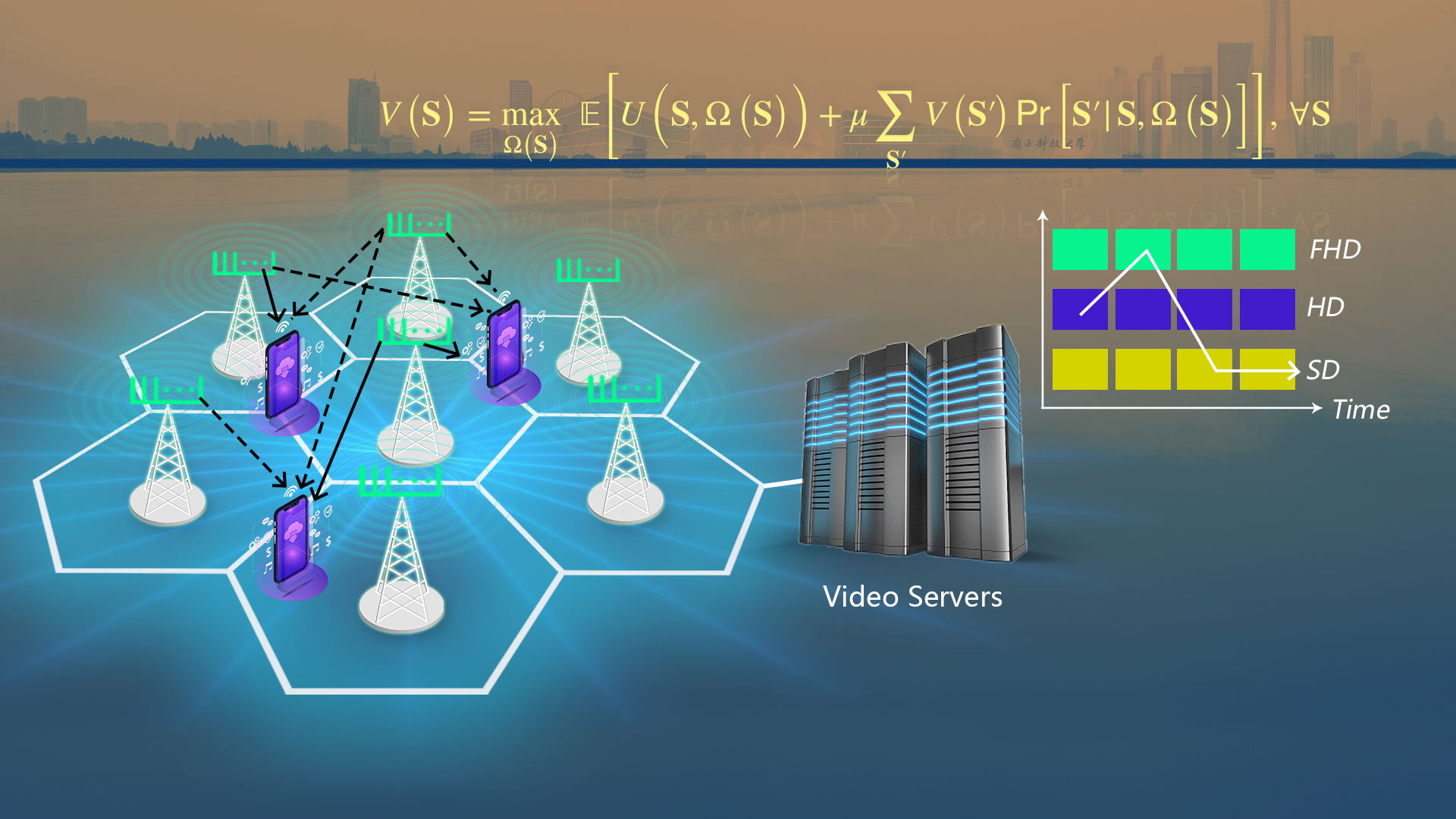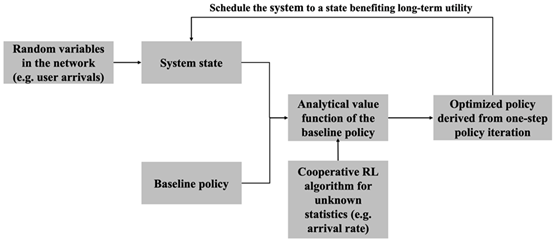Vastly improved video streaming could be on the horizon
Jul 02, 2020
With the rapid uptake of smart devices and the increased demand for video streaming, new solutions need to be found for seamless data transmission for this purpose. Southern University of Science and Technology (SUSTech) undergraduates have made vital progress in this field as they have moved onto their postgraduate careers.
Qiao Lan (’19, Electrical and Electronic Engineering) is now a doctoral student at the University of Hong Kong. Bojie Lv (’18, Electrical and Electronic Engineering) is completing the joint SUSTech-Harbin Institute of Technology Graduate Joint Admissions Program.
As first and second authors respectively, they worked in the research team led by Professor Yi Gong and Associate Professor Rui Wang (Electrical and Electronic Engineering) to publish a paper in the high-impact academic journal IEEE Transactions on Wireless Communications (IEEE TWC) (IF = 6.779). Their paper was titled “Adaptive Video Streaming for Massive MIMO Networks via Approximate MDP and Reinforcement Learning.” It studied downlink video streaming in a massive multi-input multi-output (massive MIMO) network.

The dramatic increase in devices capable of streaming video content creates a significant challenge for network providers to manage data and radio resources effectively. The research team sought to model the problem as an infinite horizon discounted Markov decision process (MDP).
One of the issues for network providers and researchers is tackling the curse of dimensionality of systems with complex dynamics. However, the research team introduced a baseline policy to derive its asymptotic value function. A one-step policy iteration could be developed from the aforementioned asymptotic value function so that they were able to provide an improved policy.
The above model relies on assumptions that some statistics such as user arrival rate are available, which are unlikely to exist in reality. Hence, the research team developed a novel reinforcement learning algorithm (RL), which uses existing mathematical expressions. That makes the decision making significantly simpler by learning smaller sets of statistical parameters, rather than learning value functions as conventional RL. These methodologies can be extended to other wireless resource allocation problems, adding to its efficiency.

Low complexity algorithm framework proposed in the paper
The paper was presented at the virtual IEEE ICC 2020 from June 7-11. It is one of the two flagship conferences in the field of communications.
Associate Professor Rui Wang is the corresponding author, and SUSTech is the corresponding unit. Collaborating institutions include the Shenzhen Pengcheng Laboratory and the University of Hong Kong.
Paper link: https://ieeexplore.ieee.org/document/9103310
Latest News
Related News












